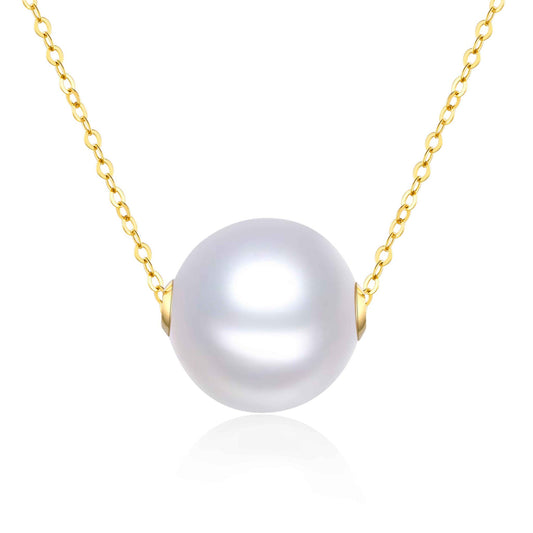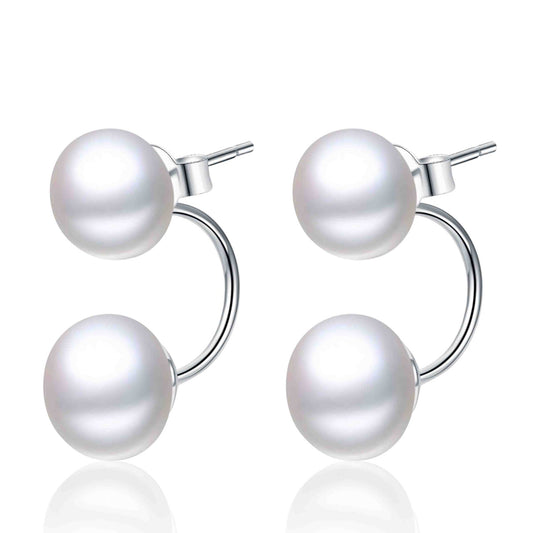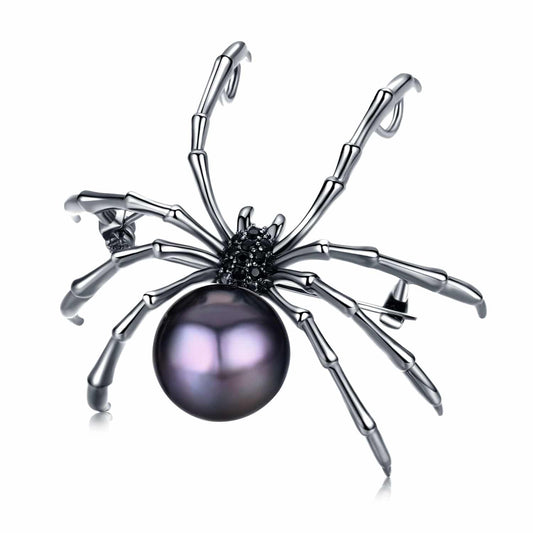
Pearl History Through the Ages: Cultural Meanings and Myths
Share
Between the shell and luster lie millennia of legend, lore, and storytelling; unlike any other gemstone born from the ocean’s nurturing kiss. Valued from imperial palaces to humble folk rituals, pearls have long symbolized purity, power, and wisdom. Knock-kneed and overlapping stories had been hiding in seashells, the compass is forever pointing elsewhere, not north, but to pearls we journeyed through ages. Each one tells stories of queens and brides, warriors and poets who were rendered breathless by the same glow that continues to draw us in today.
In this blog, we’ll explore not only how pearls are formed, but also how they’ve shaped cultures, inspired myths, and evolved into the treasures we cherish today. From ancient empires to modern jewelry boxes, let’s uncover why pearls remain timeless and why their magic feels as fresh now as it did thousands of years ago.
Ancient Beginnings: The First Treasures of the Sea
As we journey back through time, we find the earliest humans captivated by the glow of a pearl, its radiance already bearing the weight of myths, stories, and meanings that reached far beyond the sea.
- Mesopotamia: Pearls were believed to be humanity’s first form of wealth.
- China: They shimmered as protectors of truth, symbols of wisdom, and guardians of knowledge.
- Persia: In ancient lore, pearls were said to be the tears of the gods, which fell into the ocean and were transformed by its depths.
- The First Divers: One can almost dream of them surfacing, palms dripping with salt and wonder, holding eternity in the curve of a single pearl.
Through every age, pearls have carried more than decoration; they have carried myth, meaning, and timeless beauty. Even today, each pearl whispers this legacy, reminding us that what glows upon the surface has always been shaped by stories deeper than the sea.
Pearls in Classical Antiquity: Greece and Rome
In ancient Greece, brides wore pearls at their weddings in honor of Aphrodite, the goddess of love, believing that their gentle glow would bring devotion and harmony to their marriages. Across the sea in Rome, pearls carried a different weight; they symbolized wealth, status, and authority. Senators and rulers adorned themselves with these treasures to proclaim their power.
And then there is Cleopatra, who famously dissolved a pearl in wine, declaring, “Let us feast on what no one has ever feasted upon before.” These stories reveal how pearls have long embodied both desire and distinction, shimmering with layered meanings across civilizations.
Eastern Mysticism and Spiritual Beliefs
Driven by Middle Eastern winds, we gaze upon pearls glowing with a magical luminescence, carrying within them stories of the soul and the divine.
- India: The Vedas revered pearls as earthly immortality, precious objects of beauty, and reminders of spiritual perfection.
- Buddhist traditions: Pearls symbolized transcendent power and sacred energy, said to radiate dazzling light from the heaven of the heart.
- Japan: Folk tales imagined pearls as the tears of mermaids and mystical beings, born of sorrow yet enchanting in their mystery.
- Universal significance: Across oceans and cultures, pearls were never mere ornaments; they were prayers, blessings, and symbols of the soul itself.
Even now, their quiet glow reminds us that every culture sought to capture eternity in the curve of a single pearl.
Pearls of Power: The Middle Ages and Renaissance

In the courts of Europe, pearls emerged as the ultimate symbol of royalty, grace, and divine favor. Sacred to the Virgin Mary, they were believed to embody purity and virtue, woven into crowns, gowns, scepters, and even holy relics. Portraits of queens and noblewomen often show them draped in cascading strings of pearls, each lustrous bead reflecting wealth, sophistication, and silent influence.
During the Renaissance, pearls became more than adornment; they were a language of status, a subtle declaration of power and refinement. In a world of luxury and power, pearls showed that true authority doesn’t roar, it shines quietly with a gentle, lasting glow.
Exploration, Trade & The Rise of the Pearl
As we navigate the age of exploration, pearls carried ambition, beauty, and the tales of new worlds:
- Voyages of the New World: Embarked on ships to unknown lands, explorers returned with pearls transformed into coveted treasures of conquest, symbols of victory and wonder, admired by emperors and explorers alike.
- Spanish Conquests: Pearls fueled the expanding trade networks, serving not only as jewelry but also as diplomatic gifts, emblems of imperial power, and valuable currency in European courts.
- An Inheritance of Discovery: Each pearl tells a story of human desire and daring. They are proof of continents reshaped, empires built, and the restless curiosity that drives history.
Even today, pearls remain silent witnesses to humanity’s greatest journeys, carrying the echoes of exploration, ambition, and discovery within their lustrous depths.
Myths, Symbolism & Lasting Meanings
Throughout our historical journey, pearls have carried stories and lessons that shine as brightly as their lustrous surfaces:
- Tears of Gods & Gifts of the Moon: Ancient myths described pearls as divine tears or fragments of celestial light, symbols of love, wonder, and the sacred.
- Emblems of Virtue: Across cultures, pearls have represented knowledge, innocence, grace, and authority.
- Superstitions: Some believed that pearls could bring misfortune if given without genuine love, their glow dimming without devotion.
- Timeless Significance: Beyond mere beauty, pearls embody centuries of mystery, wisdom, and power, connecting us to a shared human story each time we wear them.
Even today, each pearl whispers its ancient legacy, reminding us that true beauty is woven from history, myth, and meaning.
The Pearl’s Place in Our Lives Today

Pearls continue to illuminate our lives, as bridal gems, cherished heirlooms passed down through generations, and striking strands that radiate contemporary elegance. At Timeless Pearl, we honor this legacy by creating jewelry that celebrates life’s milestones, feminine grace, and enduring sophistication, connecting the rich history of pearls to the modern woman. For us, pearls are both deeply personal and timeless. After all, the story of a pearl mirrors our own: a reflection of our pursuit of beauty, our search for meaning, and our desire to leave a lasting legacy.
Pearls, Our Living History
Pearl history tells us that these glowing jewels are timeless representations of purity, wisdom, love, and power, as evidenced by everything from ancient stories to contemporary beauty. Pearls have been used for purposes far beyond decoration for centuries and across cultures, becoming a part of our shared history.
Every design at Timeless Pearl is an extension of that heritage, created to respect custom and the ladies who wear them.
Not only do we beautify ourselves when we wear pearls today, but we are also carrying on a tale that has been brewing for thousands of years and will always sparkle with timeless elegance.
Explore our collection at Timeless Pearl, where every piece is more than jewelry; it is a story of beauty, femininity, and legacy. Begin your journey today.



